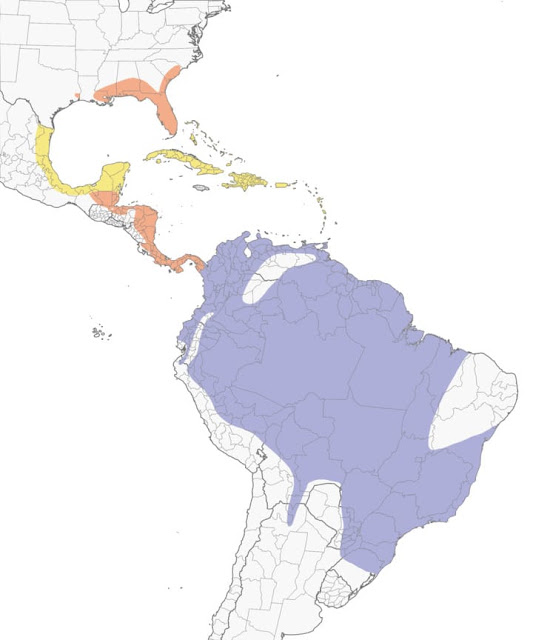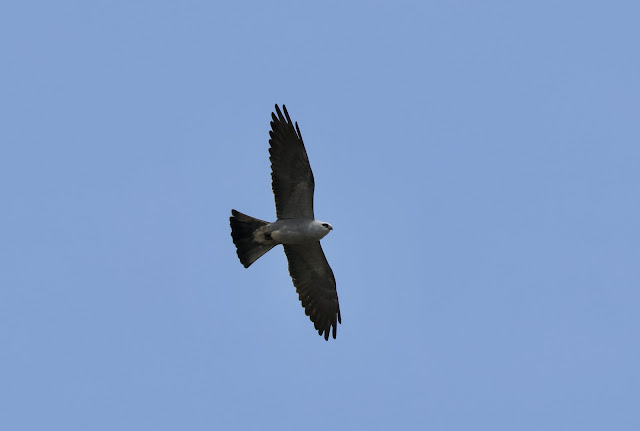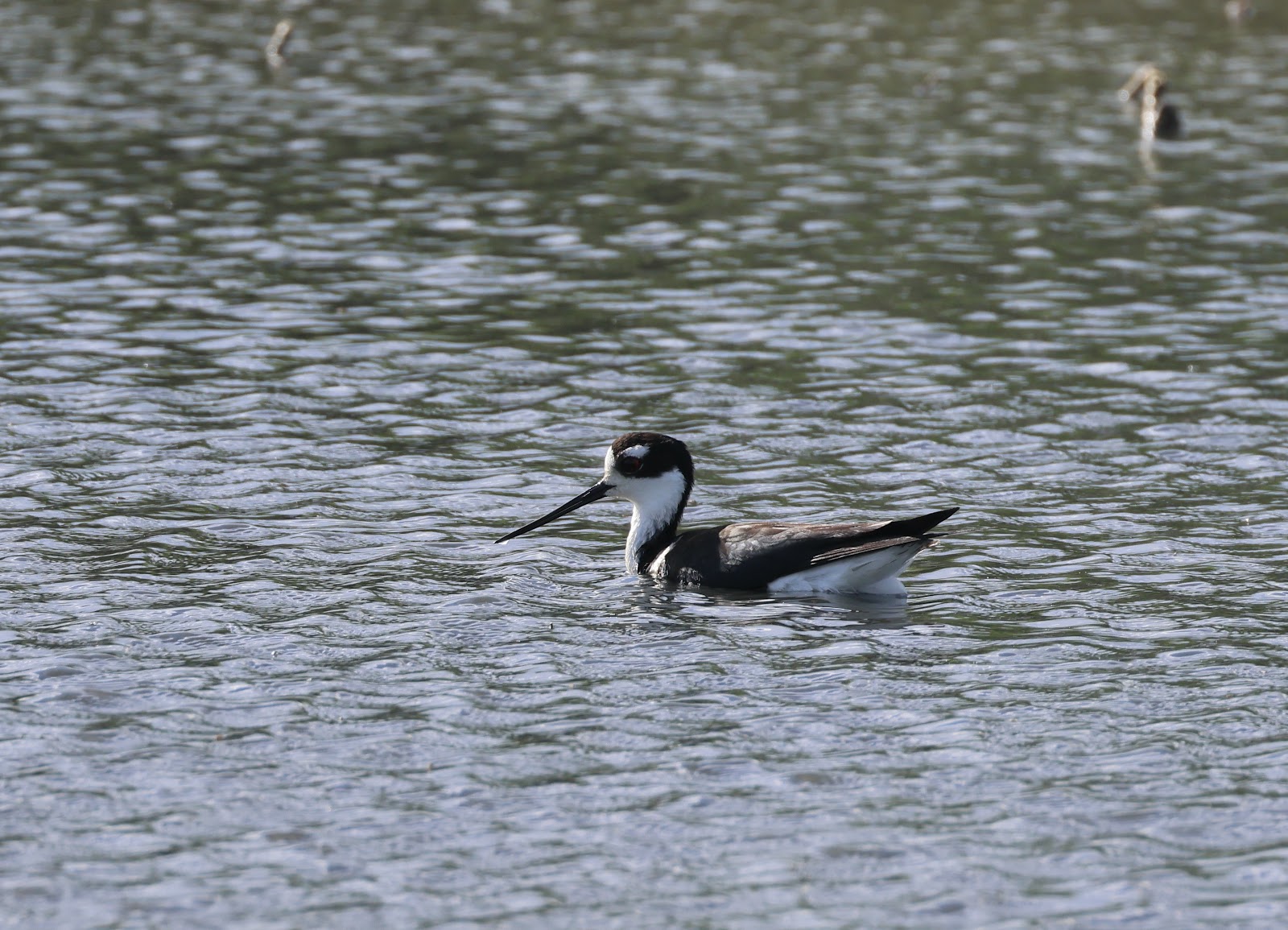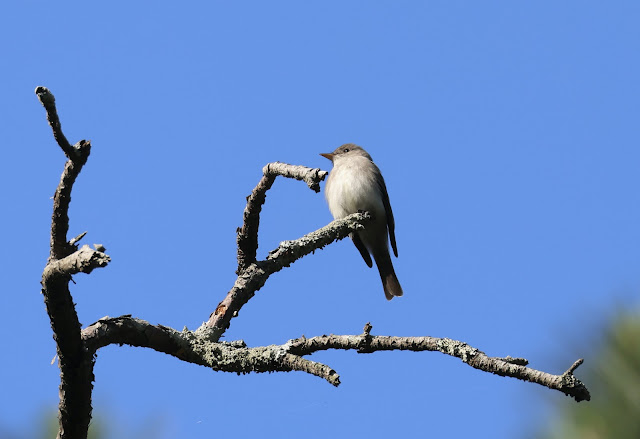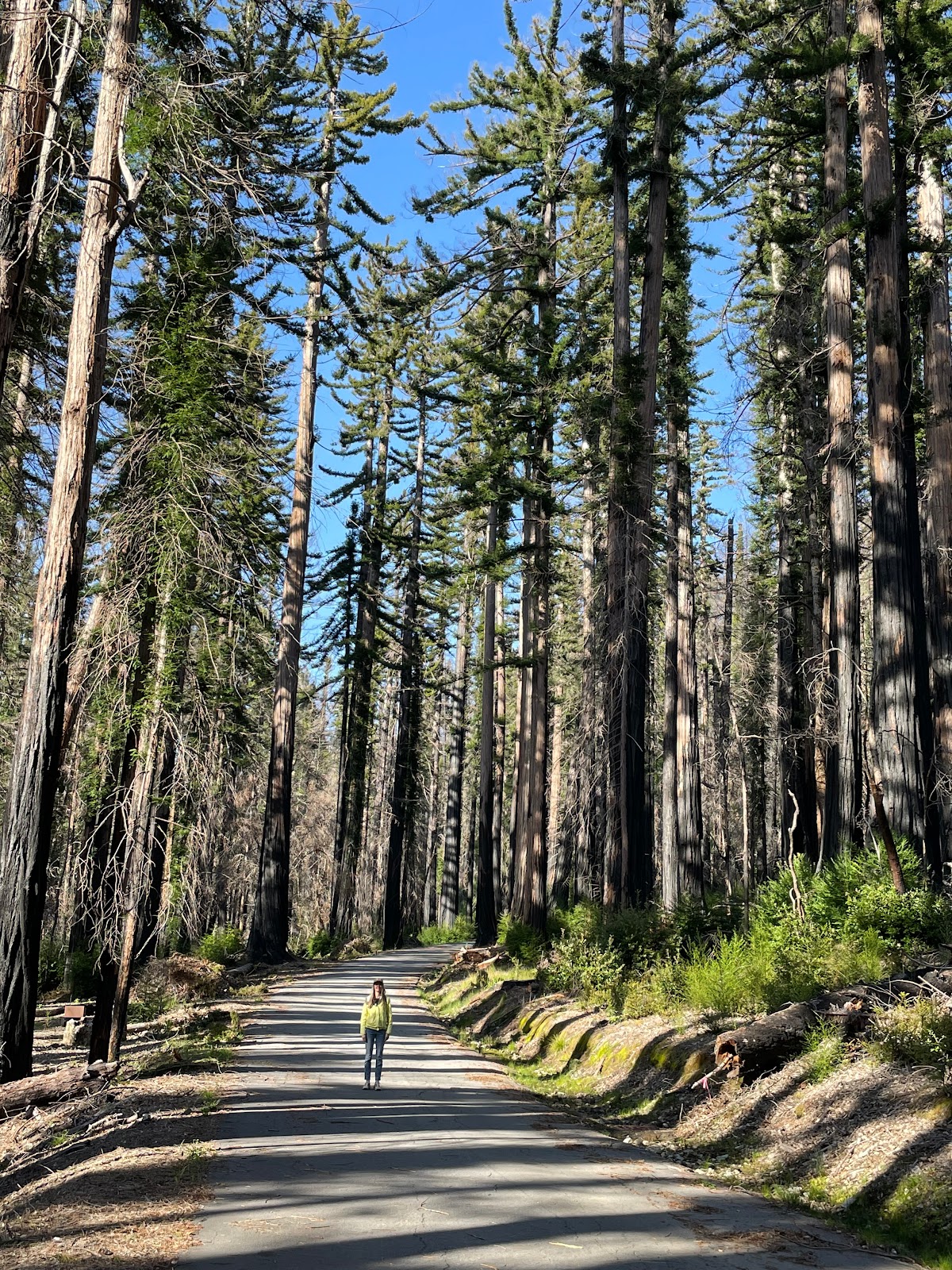I hear the talk about migrants stealing "our" jobs and baseless claims of higher crime rates, but really they aren't any different from our ancestors who came to America for a better life. It's true that many of them are coming "illegally", but that is only because our legal immigration system sucks. Yes the American founding fathers were visionaries, but they were also revolutionaries who didn't exactly follow the law themselves. Democracy was founded on illegal action. In the end, we are better off with more people from diverse backgrounds who embrace the American way of life. But enough ideology, let me show you what I mean in the form of birds. I think all my (5) readers can agree that even though we get a huge influx of migrating birds each year and they are not showing us passports, we unanimously await their return and marvel in their magnificence.
Wade Park in Wilmington is only about a mile or two from my house and is bursting at the seams now with migrants of the feathery kind.
Least Bitterns have been coming back in April for several years now to nest at Wade Park and I was happy to be the first to greet them this time. There seem to be to males calling from different spots in the park.
Although Least Bitterns are year round in Florida, the ones we see in the summer likely come from further south. Purple coloring on the chart means year round and the peach color is summer nesting.
Yellow Warblers are quite common in the fall on the coast but rare in the spring as most neotropical migrant warblers stream up north using inland routes branching out from the Mississippi flyway. I was hoping this one was going to set up shop, as Wade Park is really good habitat for a Yellow Warbler, but I don't think they have been recorded as nesting anywhere east of Raleigh.
The yellow color represents areas that only see migrants and not nesting birds.
Meanwhile, in the spring I always like to take a drive over to Brunswick County and specifically Governors and Lee Buck Road.
Cattle Egrets are a relatively new species for the Americas coming over from Africa and Asia in the 1800s with the first ones showing up in the USA in 1950. Now they are common and spreading and they also have similar migration patterns to Least Bitterns.
The interesting thing on this map is the line where we see post-breeding dispersal. This means that after breeding there are so many birds that they fan out to explore new habitat and now in late summer Cattle Egrets are dispersing as far as Canada.
Yellow-breasted Chats are a fan favorite because of their amazing songs which sounds like something out of Star Wars but also because they are gorgeous. At Governor's Rd they are out in full force staking claims of breeding territory. These loud and beautiful migrants should be celebrated not shunned.
The migration chart looks weird, almost like they don't migrate over the Gulf of Mexico but rather come up over land and then fan out once they hit the USA.
Prothonotary Warblers love the cypress swamps of Governor's Rd.
These radiant sun beams spend half the year further south. Are they dual citizens or just interlopers? I don't care and love it when they come back. The fact that they are migrants seems to increase my love for them. Absence makes the heart grow fonder.
But the real crowd pleaser returning to Governor's Rd is of course the Swallow-tailed Kite.
These beauties use their soaring capabilities to migrate back and forth to South America each year. Would you turn one of them back from the border for not having the appropriate documentation? Especially if they were suffering from habitat loss and persecution on their wintering grounds?
Of course usually where you have Swallow-tailed Kits you also have Mississippi Kites.
Later that evening I met up with Bob C and his lovely wife as well as Greg M at the corner of Governor's Rd and Lee Buck to listen for Whips and Chucks.
I was hoping to get a passable photo of a Whip-poor-will as I still don't have one, but I know that it is tough. What you really need is a favorite perch, a good floodlight and some patience. I had none of the above, so I will have to settle for this horrible pic.
It would be hard to identify form this picture, but I can confirm it was singing like crazy. This particular spot seems to have more Whips than Chucks, but if you go a mile down the road the ratio flips.
Meanwhile back in Wilmington, the spoil ponds near the Fort Fisher Ferry landing have been replenished with some water from dredging activity and the birds are flocking to it like like a cheap suit. Black-necked Stilts and a whole slew of other shorebirds. I am not 100% sure of the legality of walking back there but the sign that used to be there seems to be gone now.
Luckily I had my boots and I decided to walk back on the hard packed mud to get closer.
The one pond was still in the sun glare.
But the other side was nice! Stilt Sandpiper.
The Least Sandpipers had muddy legs almost concealing their diagnostic yellow color.
Most were Semipalmated Sandpipers.
I counted at least one White-rumped Sandpiper.
All these shorebirds were pretty much long-distance migrants coming from points south and many of them were headed way further north for the summer. And I didn't even call ICE to report them.
Now for a couple local breeding migrants that are in the process of setting up nests.
Eastern Kingbird at CB State Park.
Venus Fly Traps! Not a bird, but carnivorous (or at least insectivorous) none the less.
Jesse A reported this singing Bachmann's Sparrow at CB State Park which is truly amazing and a testament to what our Park Rangers and administrators can achieve with habitat restoration and controlled burns. This is the first bird in New Hanover that appeared to be establishing territory in a very long time, primarily due to habitat loss. I didn't try and get closer for pics because we didn't want to scare it off. It happily sang for the whole time we were there and was still singing when we left. Sadly it appears to have moved on.
Spotted Sandpiper at CB Lake.
A couple of weeks ago I agreed to lead an Audubon walk at Howell Woods in Johnston County.
Kentucky Warblers are the star of the show here but hard to photograph in good light.
The plaintive song of the Eastern Wood Pewee is always good to hear after a long winter.
Indigo Buntings are always a welcome sight.
Common Yellowthroats can be found in the winter but they really come to life in the spring and the numbers go way up.
Chipping Sparrow songs kept tricking me into thinking Worm-eating Warblers were around, but I was not able to get a photo.
Blue Grosbeaks are like giant Indigo Buntings.
I have seen Summer Tanagers on their wintering grounds in central and south America so I can confirm these are true migrants.
I have a ton more photos to share but need to do some editing.
To make a long story short, I hope you agree now we are happier and stronger when we embrace the migrants and provide them with the habitat and welcoming they need to make our little corner of the USA more diverse and interesting. All of a sudden I am yearning for some ethnic type food like Indian or Mexican.....











